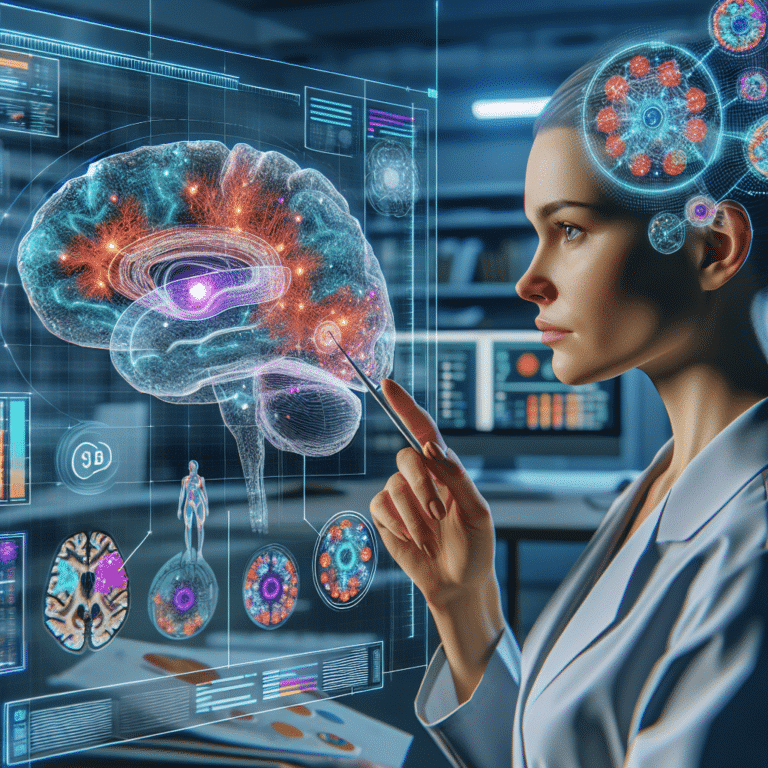Summary
- Researchers used advanced techniques such as PPA, TDA, and Bayesian modeling to analyze the spatial arrangement of glial cells after ischemic stroke.
- Their approach provided quantitative insights into the density and distribution of neurons, astrocytes, and microglia in response to injury over time.
- They found that the spatial intensity of neurons decreased initially post-injury and then partially recovered, while astrocytes peaked at 15 DPI and microglia decreased over time.
- Analysis revealed that astrocytes surrounded microglia in injured regions, forming a two-layered glial scar with dynamic interactions between cell types.
- By combining topological data analysis with machine learning, they accurately predicted the time post-injury and cell types based on the distribution of glial cells.
Researchers have recently conducted a study to understand how the brain responds to stroke, a condition characterized by reduced blood flow leading to brain damage. The researchers focused on studying the behavior of different types of brain cells after a stroke to better understand the healing process.
One of the key findings of the study was the spatial arrangement of neurons, astrocytes, and microglia cells in the brain following a stroke. Neurons are the cells responsible for transmitting signals in the brain, while astrocytes and microglia are a type of support cells that help maintain the brain’s environment and respond to injuries.
The researchers observed changes in the density and distribution of these cells over time after a stroke. They found that neurons showed a decrease in density shortly after the stroke but exhibited a partial recovery over time. Astrocytes, on the other hand, showed an increase in density after the stroke and remained elevated in the damaged areas. Microglia cells, which are part of the brain’s immune system, peaked in density shortly after the stroke and gradually decreased over time.
Furthermore, the researchers investigated how these different cell types interacted with each other in the formation of a scar tissue in the brain. They found that astrocytes tended to surround microglia cells in the damaged areas, forming a two-layered structure in the scar tissue.
Using a combination of mathematical tools and machine learning algorithms, the researchers were able to predict the time since the onset of the stroke based on the spatial distribution of these cells. By analyzing the topological features of the cell positions, they achieved high accuracy in predicting the time of the stroke and classifying the different types of cells present in the brain.
Overall, this study provides valuable insights into how the brain responds to a stroke and how different cell types interact in the healing process. The findings could potentially lead to new strategies for treating stroke and other brain injuries in the future.
Source link
Neurology, Pathology&LabMedicine


